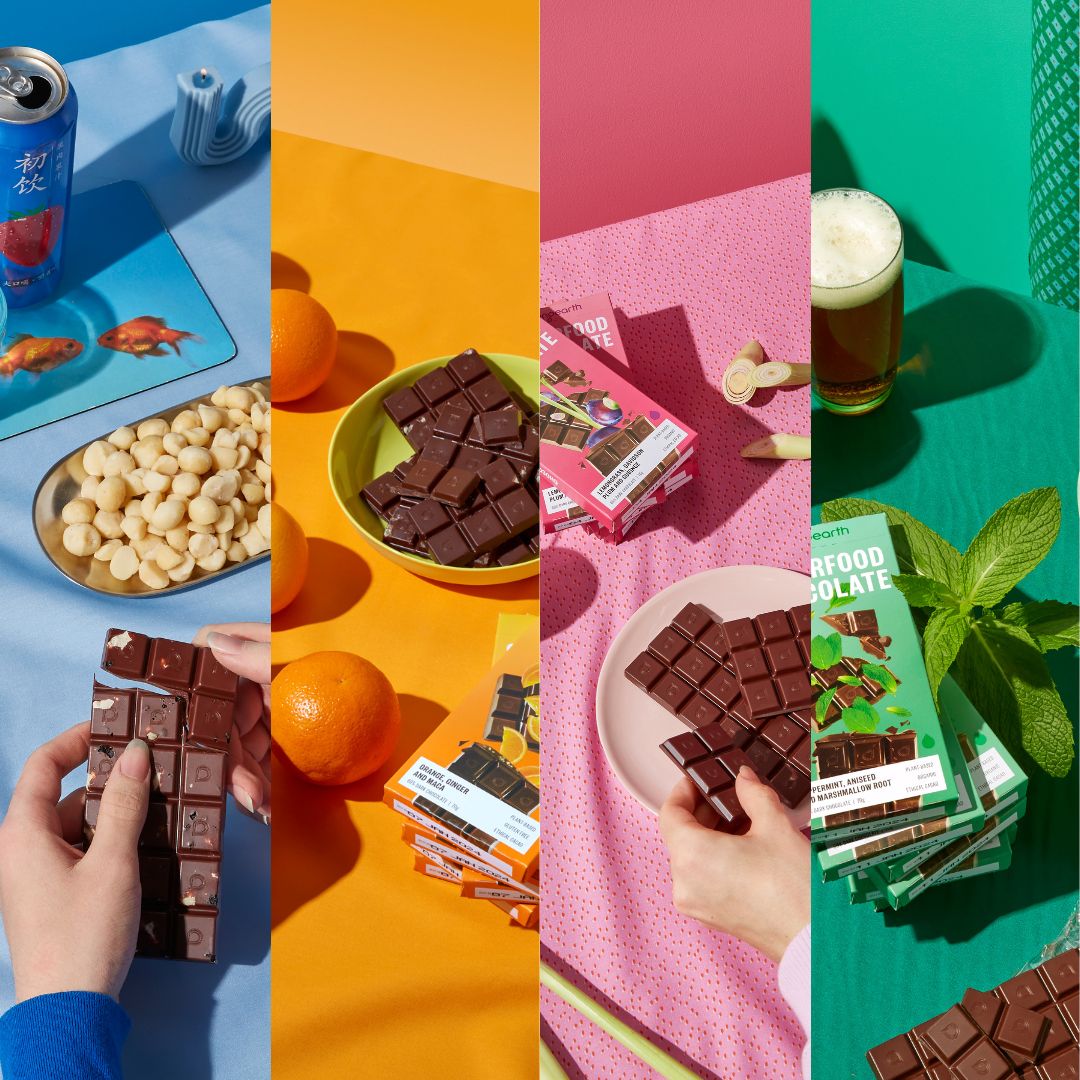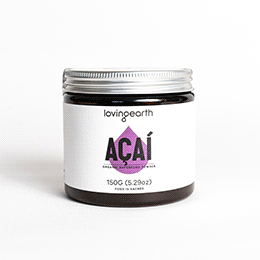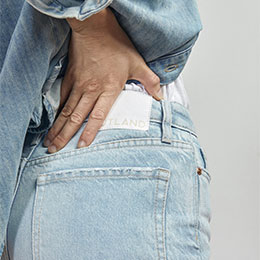
Compost is not exactly one of the most hash-tagged topics floating around and certainly the thought of decaying food and plant matter doesn’t really get the hype and attention that it deserves! But, if you have ever felt distant from the massive climate change issue, as I have been in the past, and wonder "how on earth can I create some degree of change?", well, the way we dispose of our food waste can be the simple first step to making a lasting change and reducing waste.
Approximately two thirds of all waste taken to landfill in Australia is waste from plant and animal sources, called green or organic waste. Items such as food scraps, garden waste, paper and sewage are included in this type of waste. We are talking 20 million tons, and around 7 million from urban sources. This waste can be RECYCLED, and if it's sent to landfill we miss this opportunity.
Food scraps that do get transported to landfill lose the opportunity to return valuable nutrients back to the soil. What’s more, they're left to decompose and release methane, a potent greenhouse gas. It is said that methane gas has a global warming potential 25 times that of carbon dioxide. It releases this gas in the landfill because the green waste is buried and left to break down in an anaerobic environment (without air). So one way to prevent and reduce greenhouse gases and help maximise the lifecycle of our food scraps is to compost!
The other benefits are that we save on physical resources instead of trucking material away to landfills, plus we return nutrients to our soils (giving our fruit and veggie plants a boost) and we use less water too - using compost on land reduces the need for water by an average of 30%.
Anyone in any living arrangement can compost… I don’t even have a back garden and I compost! There are heaps of online composting guides that can point you in the right direction and help create the perfect solution.
Here are some quick steps to get the composting habit underway. First of all you will need a compost bin; there are a few options.
You can buy one at your local hardware store, generally your local council offer discounted compost bins, you can make your own (like I did!) or there are kits you can buy such as the ‘Bokashi’ that you can keep in the kitchen and have their own added mix to eliminate odours.
To make your own composter, one simple way is to go to the market and get two polystyrene boxes, cut the base out of one and affix them together. Then get a screw-top plastic bottle and cut off the top. Cut out a small corner and thread the top of the bottle through. Now you have a tap for pouring out valuable nutrients that you can pour on your plants in the garden or indoor plants.
If you don’t have a garden or a friend’s garden you can access to spread the luscious nutrients into, you can also do vermicomposting. This takes a bit more effort, but uses worms to churn through your waste.
What to add in your compost bin:
Vegetable and fruit scraps, vegetable oil, prunings and lawn clippings, tea bags and coffee, grounds, vacuum dust, shredded paper and cardboard, used potting mix, egg shells, flowers.
What not to add in your compost bin:
Meat and bones, dairy products, diseased plants, metals, plastic and glass, animal manures, fat, magazines, large branches, weeds that have seeds or underground stems, sawdust from treated timber, pet droppings, synthetic chemicals.
Happy composting!




Great method of using waste material.Thanks for sharing different ways of composting.